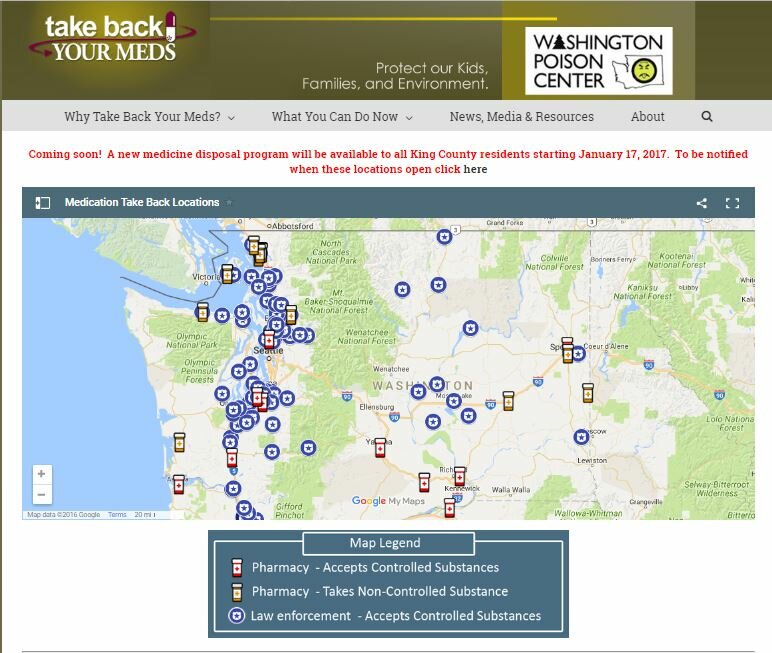By Peter Coy
Bloomberg Businessweek
October 7, 2016 — 7:17 AM PDT
A large share of American men between the ages of 25 and 54 who aren’t in the labor force may suffer from serious health conditions that are “a barrier to work” and suffer physical pain, sadness, and stress in their daily lives, according to research being presented next week by Princeton University labor economist Alan Krueger.
“Nearly half of prime age NLF [not-in-the-labor-force] men take pain medication on a daily basis, and in two-thirds of cases, they take prescription pain medication,” according to Krueger’s paper, Where Have All the Workers Gone?
Polls show that Republican presidential candidate Donald Trump has strong support among lower-income men without a college education, who are among the most likely to be out of the labor force because of a job-related disability. Trump has repeatedly said the official unemployment rate—4.9 percent in August—vastly understates the real unemployment rate, which he has pegged as high as 42 percent. One way to come up with a higher number is to include people who have stopped looking for work and are therefore not counted as unemployed. The Bureau of Labor Statistics counts only people who are actively looking for work in its main measure of unemployment.
Krueger isn’t supporting Trump. He’s a Democrat who served as assistant U.S. Treasury secretary for economic policy and later as chairman of the Council of Economic Advisers, both under President Barack Obama. In his paper, Krueger argues that his findings justify expanding health insurance coverage under the Affordable Care Act “to positively affect the health of prime age men ….” In particular, he writes, “pain management interventions could potentially be helpful.”
Read More Here















